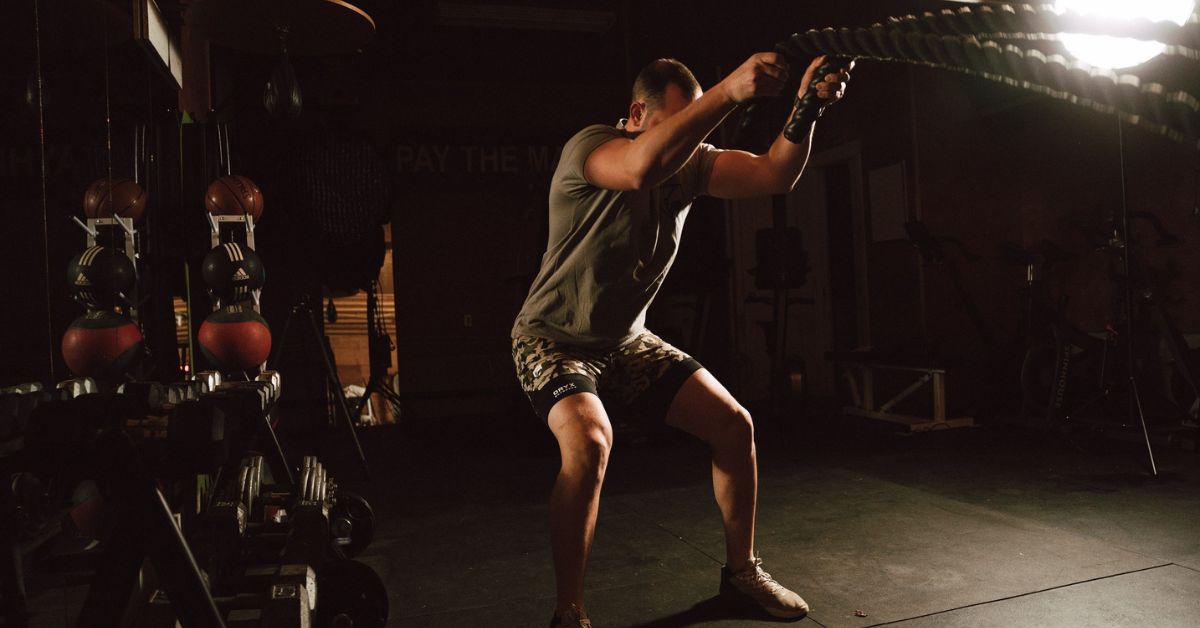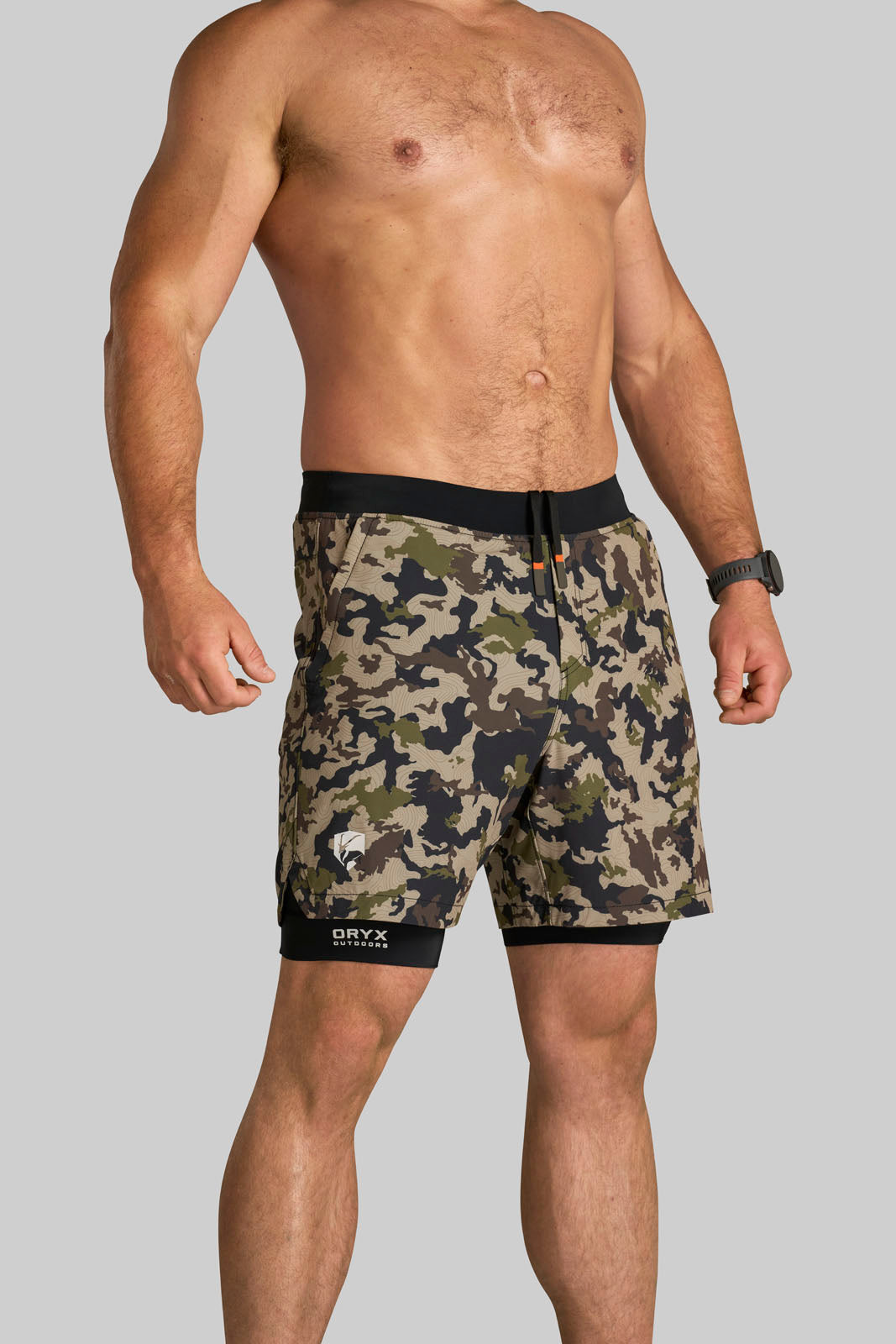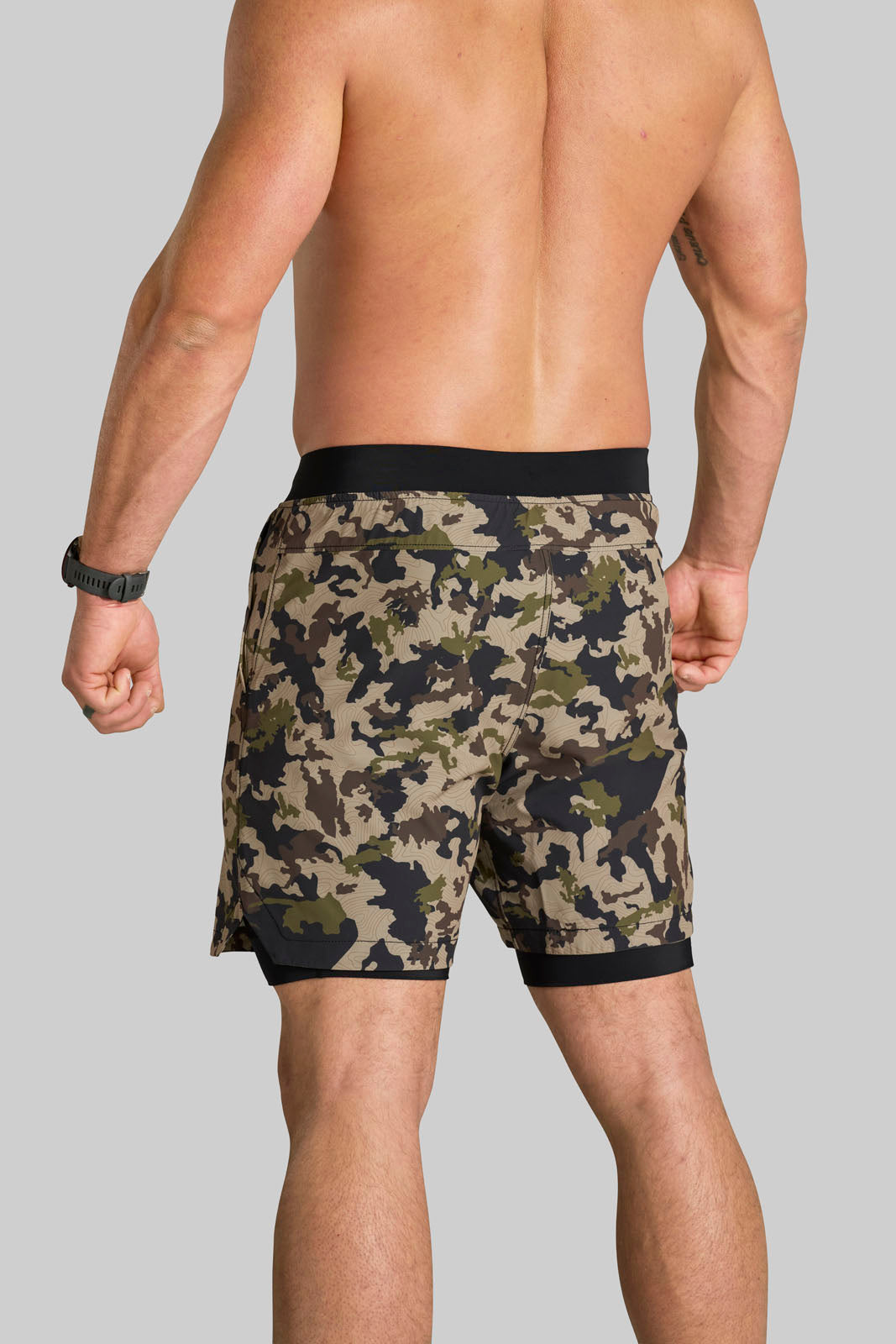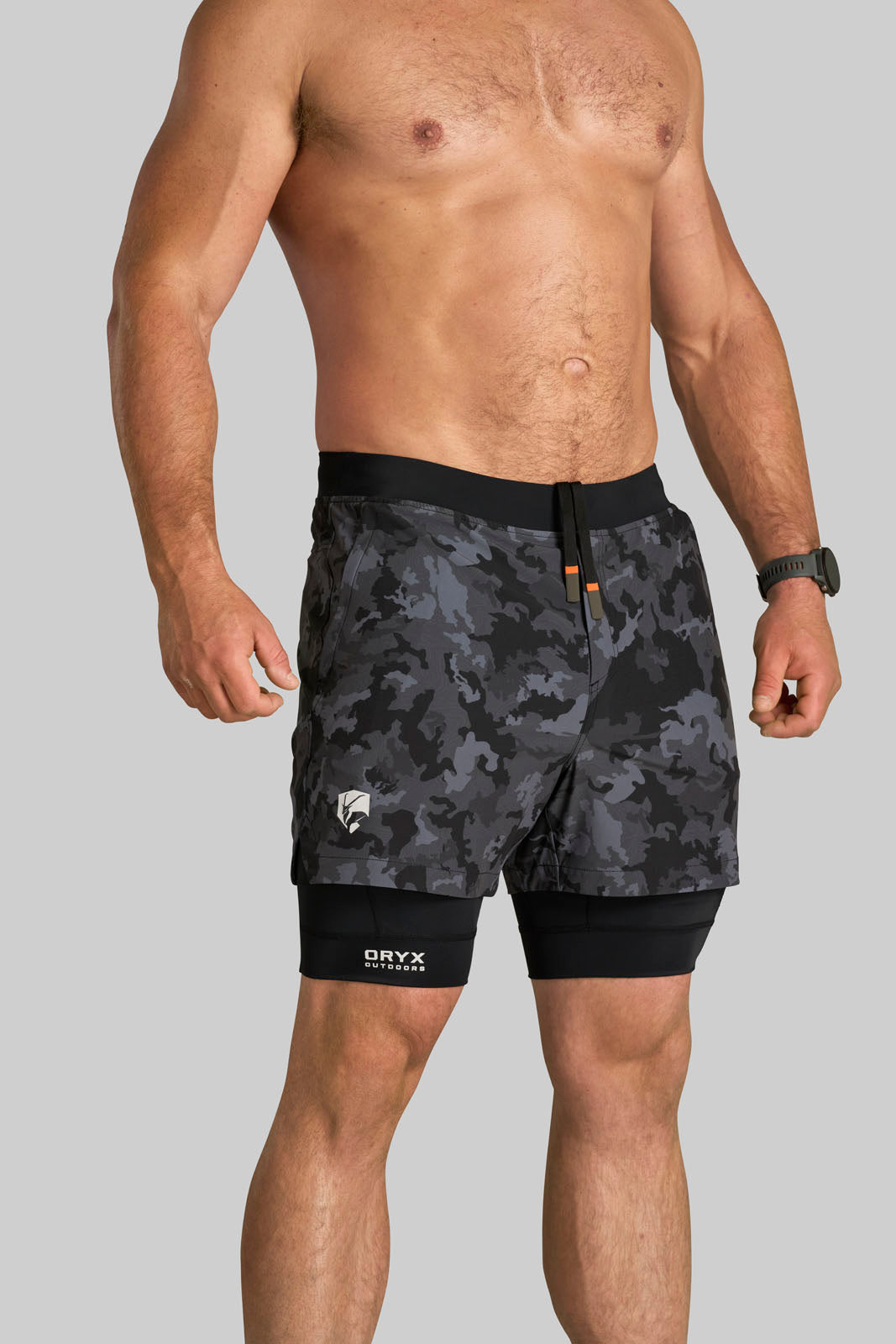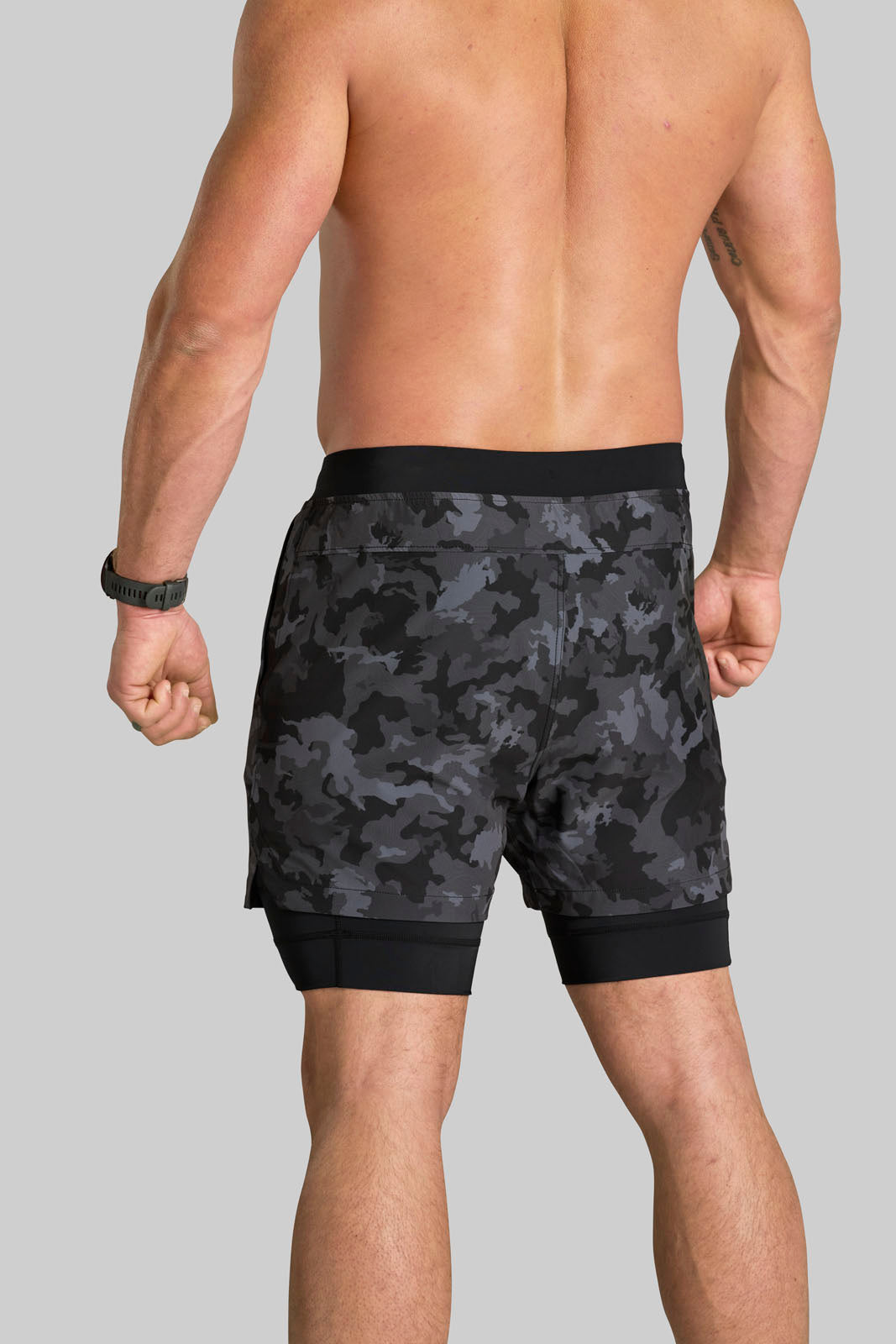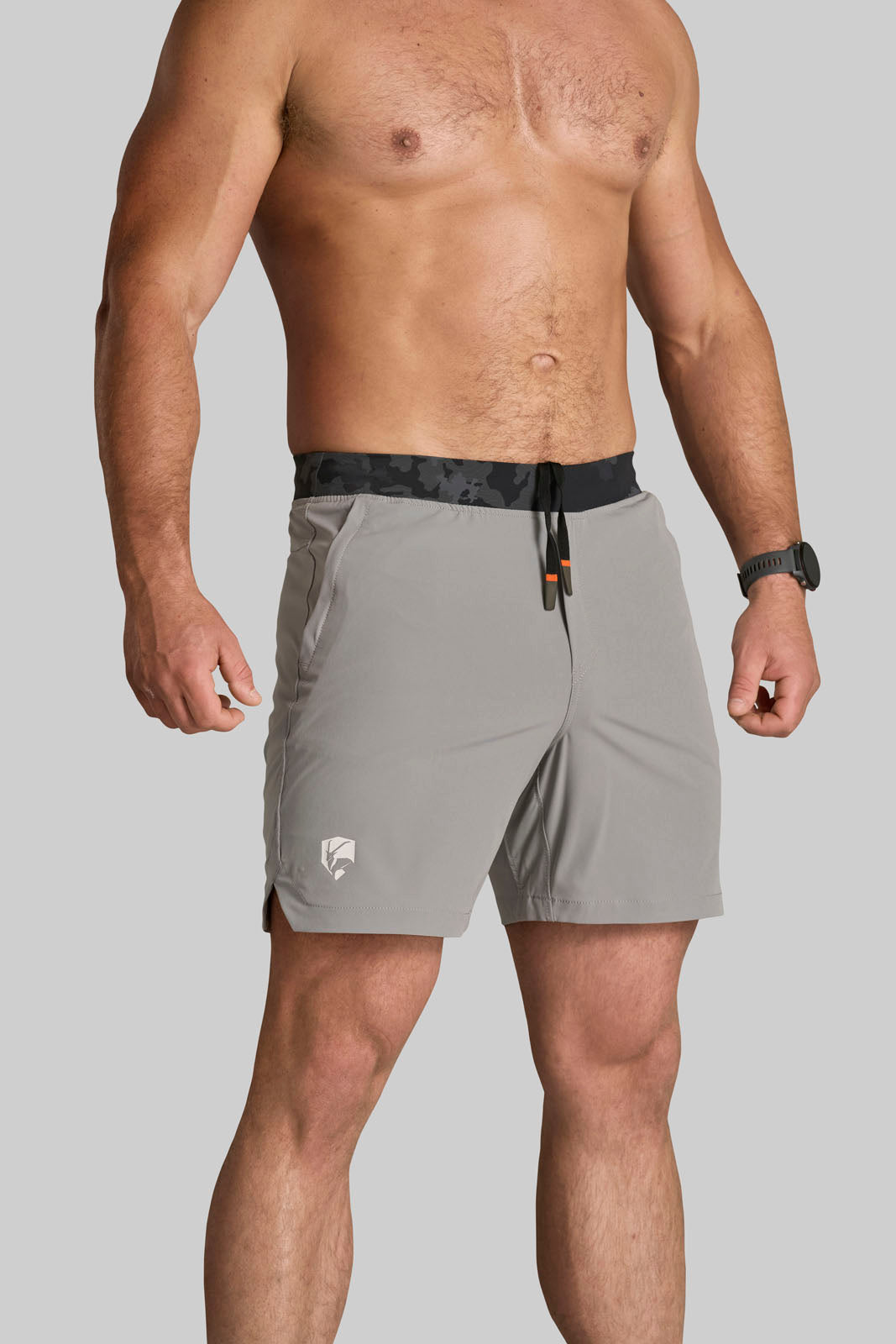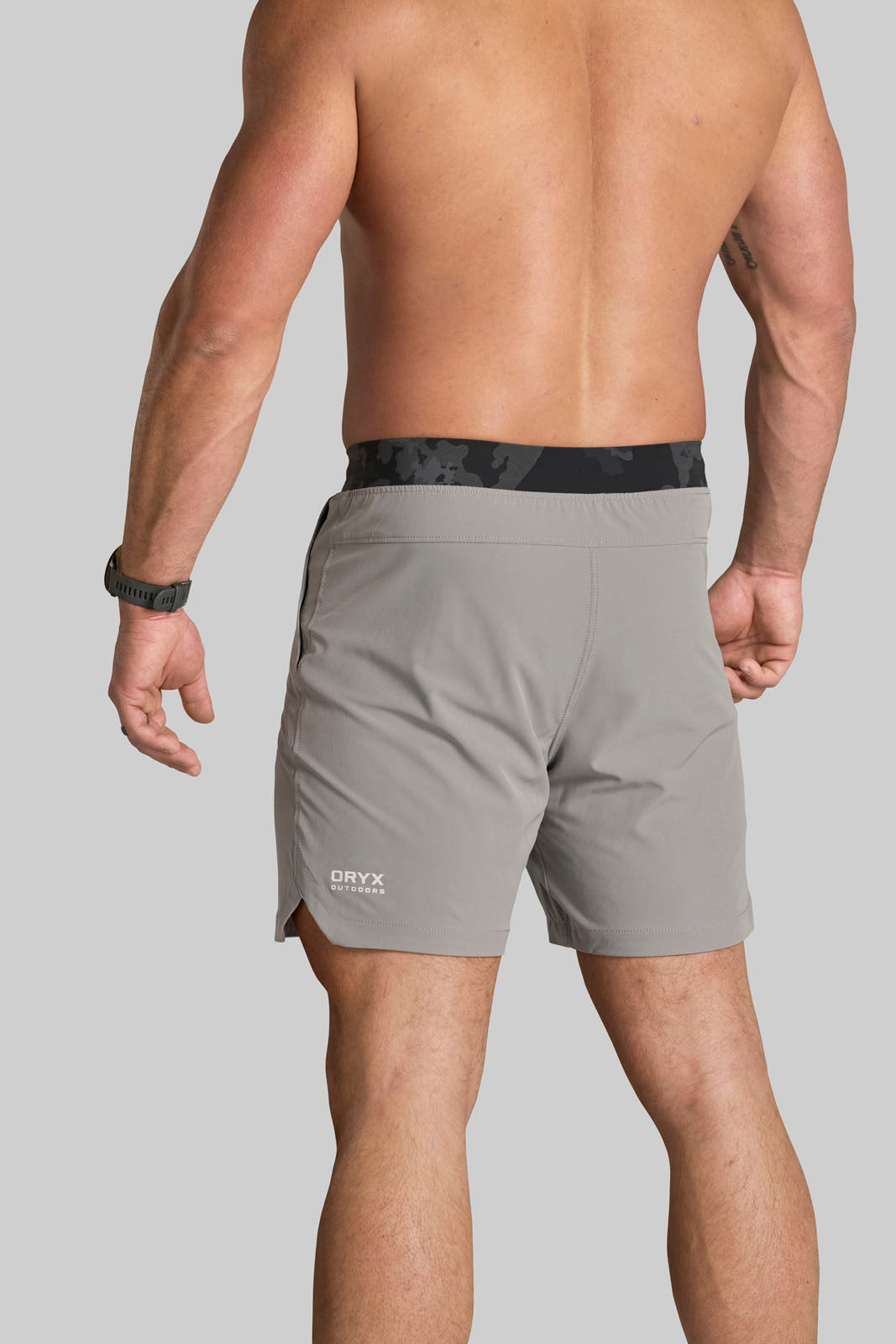When it comes to fitness and the outdoors, gear matters—even something as simple as your shorts. For avid hunters and outdoorsmen who like to exercise, two types of shorts will be the ideal choices for your specific needs: training and running shorts. No matter how you choose to use them, the difference between these pairs of shorts can impact both performance and comfort.
For those looking to incorporate fitness into their outdoor lifestyle, understanding these distinctions could be the key to performing at your best, wherever your pursuits take you. This guide breaks down the major differences between training and running shorts so you can make informed choices that align with your goals and favorite activities.
What Are the Key Differences?
While most pairs of shorts may look quite similar at first glance, there’s usually a lot more to them than most people notice. These small details are what make them so distinct. If you overlook them, you could end up with a pair of shorts that just aren’t the right fit for your needs. By learning about these key differences, it’ll be much easier to ensure you pick out the right pair the first time.
Fit and Length
Fit and length are among the most noticeable differences between training and running shorts. Training shorts are designed with versatility in mind, offering a relaxed or slightly fitted cut to allow unrestricted movement during exercises like squats, deadlifts, or functional training. They often fall just above the knee, providing adequate coverage and flexibility for a wide range of movements.
On the other hand, running shorts are typically shorter, with lengths ranging from 3 inches to 7 inches inseams. Their shorter cut minimizes fabric to reduce drag and improve airflow, helping runners maintain speed and efficiency. They are often more tapered to avoid snagging or flapping during movement, making them an ideal choice for long runs or sprints.
Material and Breathability
The materials used in training and running shorts cater to their specific environments and demands. Training shorts are often made from durable, moisture-wicking fabric blends like polyester or spandex. These materials are robust enough to handle the wear and tear of lifting weights, rubbing against gym equipment, and other dynamic movements. Many training shorts strike a balance between durability and comfort, prioritizing flexibility without compromising longevity.
Running shorts, in contrast, focus heavily on breathability and lightweight materials. Made with thinner, fast-drying fabrics like nylon or advanced synthetic blends, they’re designed to keep you cool and dry over long-distance runs or intense speed workouts. Mesh panels are often incorporated to enhance ventilation.
Support and Compression
Support is another area where training and running shorts differ significantly. Some training shorts come with built-in or removable compression liners. These liners support your muscles during heavy lifts or multi-directional movements, improving blood circulation and reducing fatigue over time. High-quality compression gear also helps hold everything in place—a feature you’ll appreciate during high-intensity interval training (HIIT).
While running shorts often include built-in liners, they use lighter support systems to reduce chafing and improve airflow. The focus shifts to comfort for repetitive, linear movement, offering freedom without the bulk of heavy compression. Split hems are a common addition to running shorts, allowing even greater mobility for the stride.
Pockets and Storage
Functionality meets practicality when it comes to pockets and storage. Training shorts tend to feature deep, secure pockets—often zippered or Velcro-lined—to keep essentials like keys, wallets, or small tools safe and secure. Some training shorts even add extra storage for items like a chalk ball or smartphone.
Running shorts, however, are minimal when it comes to storage. At most, you’ll find small internal key pouches or exterior zippered compartments designed for energy gels or a single card. This streamlined design reduces weight and prevents items from bouncing around during intense movement.

Why Do These Differences Matter?
As you can see, understanding the distinctions between training and running shorts isn’t just about aesthetics—it’s about performance. Choosing the wrong pair can negatively impact your workout or outdoor experience. Training with shorts that lack breathability can leave you drenched in sweat halfway through a strength circuit. Similarly, running in heavy, bulky shorts can slow you down, causing unnecessary fatigue.
By prioritizing the right features—breathable materials, appropriate support, and the correct length—you set yourself up for success no matter the activity. For hunters and outdoorsmen especially, these decisions impact not just fitness performance but the balance between your desire for outdoor pursuits and physical training.
Whether you’re training for better endurance in high-altitude hunts or improving your stamina for long scouting expeditions, your gear must work with you, not against you. That’s why you need to come to Oryx Outdoors for your new training or running shorts. Not only are they great for all the reasons we’ve mentioned, but we specifically sell camo athletic shorts, something we know someone like you will appreciate.

What Other Types of Athletic Shorts Are There?
While training and running shorts are the staples for fitness-conscious outdoorsmen, there are plenty of other types of athletic shorts designed to meet specific needs and activities you should be aware of. Depending on what kinds of activities you partake in, these types of shorts could be great additions to your collection. Here’s a closer look at what they have to offer.
Hiking Shorts
Designed with functionality and durability in mind, hiking shorts are built to withstand rugged trails and harsh outdoor conditions. They often include multiple pockets for carrying essentials like maps, snacks, or small gear, making them extremely practical for long treks. Features like reinforced stitching ensure they can handle wear and tear, while water-resistant and lightweight materials provide comfort and protection in changing weather conditions. Whether you’re tackling steep inclines or enjoying a leisurely nature walk, hiking shorts are an essential choice for outdoor explorers.
Cycling Shorts
Specifically designed for extended periods of seated activity, cycling shorts are a game-changer for those who bike regularly. They feature padded interiors, also known as chamois, to reduce friction and provide extra cushioning for long rides. Their aerodynamic fit ensures minimal wind resistance, while moisture-wicking fabrics keep you dry and comfortable during intense rides. Some even include compression elements to improve blood flow and muscle support. If cycling is a regular part of your fitness routine, investing in a high-quality pair of cycling shorts is a must.
Basketball Shorts
As the name suggests, basketball shorts are ideal for those who like to shoot some hoops in their free time. However, even if basketball isn’t quite your thing, these shorts are worth considering. They’re the loosest fitting of the bunch, making them quite breathable and freeing. While these are great features for days you’re working up quite a sweat, they also make these shorts a great choice for casual wear. Nothing beats the feeling of wearing basketball shorts around the house.


